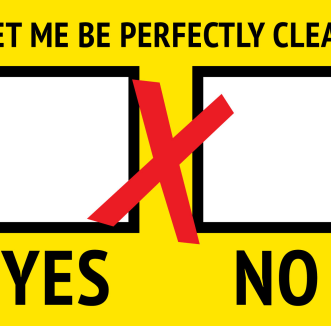
Playing with change
Aversion to new kinds of food is an instinct that kicks in for humans at around 2 years old. It’s a safety mechanism, evolved to protect the species. Just when they start toddling about, beyond the immediate reach of adults, children become extremely wary of whatever goes into their mouth.
As all parents know, this causes huge problems, when you’re just trying to get them all fed properly. This wariness can fossilise into a refusal to try anything new, leading to a choice between becoming what my mum used to call ‘A Marks and Spencer cafeteria’, or turning mealtimes into battles.
A non-stressful way to handle this wariness, is to give it its due attention, and give children time to overcome it themselves. Instead of putting new foods in front of them and expecting them to try them immediately, you introduce new foods as part of play.
Playing with carrots, broccoli, blueberries, with no expectation of having to eat them seems to release a child’s natural curiosity, and from painting with beetroot, it’s a small step to tasting it. Before you know it, your children are happy to try new things, mealtimes are enjoyable again, and you’re cooking the same meal for everyone.
Once you understand why children get fussy about what they eat and take it seriously, the right approach becomes obvious.
As I was watching this on TV, I wondered whether a similar approach might work with adults and work. Perhaps, if we can find ways of letting people play with changes, with no obligation to make them, we might unleash their natural curiosity and creativity and so not only end up with happier people, but better changes too.








